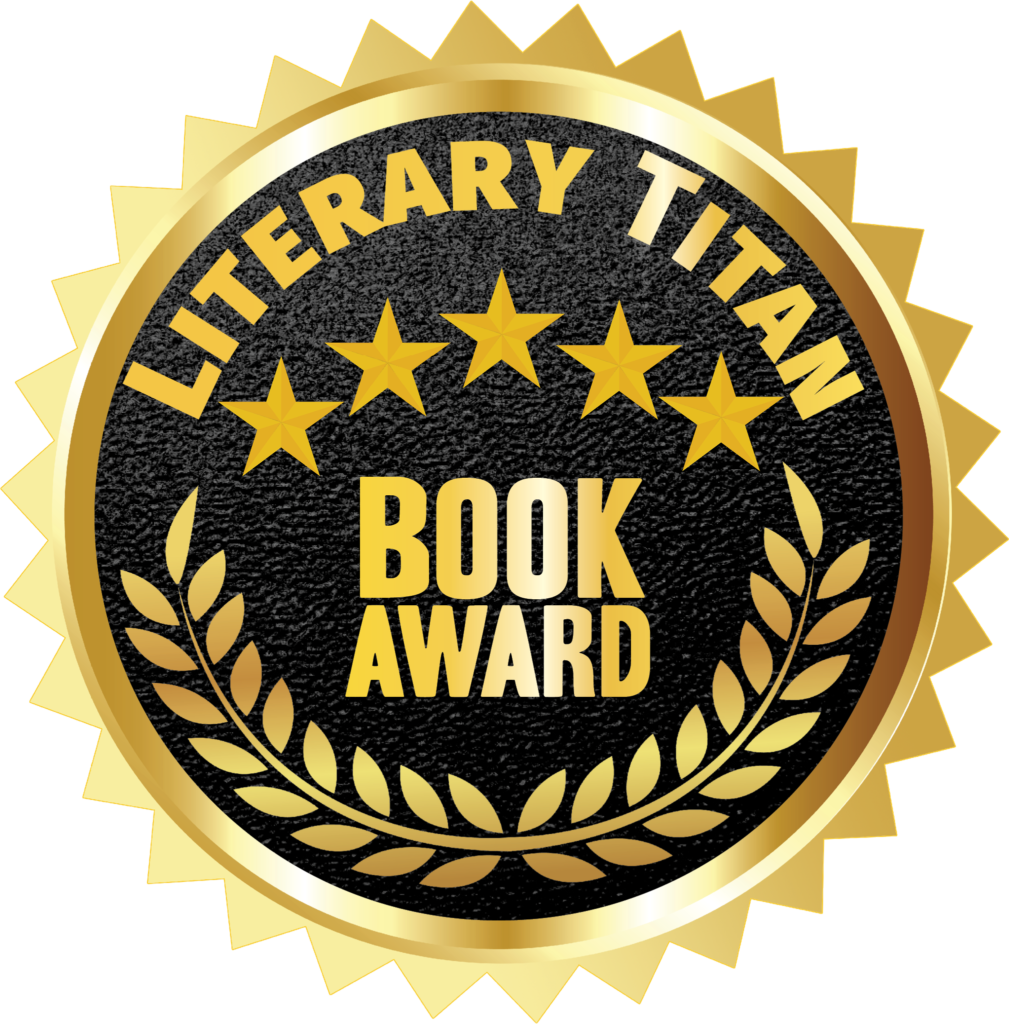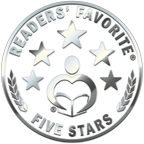As soon as I started writing metaphors about chocolate last week, I should have known what would be coming in this week’s post. Instead, the topic only hit me this morning. And that’s with me planning to make chocolate cupcakes for a party this evening!
Chocolate is such a ubiquitous symbol of love that it’s taken for granted. The Aztecs associated drinking chocolate with the god of wisdom. The Latin name for cacao translates to “food of the gods.” But unlike the plants I’ve covered before, the cacao plant doesn’t have many folkloric associations or medicinal properties in European culture . . . Mostly, it’s just tasty. 😉 That said, cacao seeds do contain caffeine and theophylline, which is used to treat respiratory illnesses. You’ve probably heard the rumor that dark chocolate is healthy, and I won’t disagree!
Considered both a stimulant and an aphrodisiac (even in the 1500s, and earlier), chocolate has long been sought after. When it first came to Europe, the Catholic Church even tried to ban it. (A story that just makes me think of the novel Chocolat!) The allure of chocolate grew steadily through the centuries. It’s no wonder that it’s associated with love. Exotic, rich, unique–perfect for romance!
However, it must be noted that most of the chocolate we consume these days is largely sugar. Natural chocolate is not sweet. Over the centuries, we’ve added all kinds of things to it. I didn’t intend for this to be a theme, but I have to admit I’m reminded of what I was talking about in the pomegranate post–the difference between “Conversation Heart”-love and deeper romance. And as much as I love truffles or white chocolate, I’ve also developed an appreciation for unsweetened chocolate (especially hot chocolate or tea!) lately. This weekend for Valentine’s Day, why not test out some new varieties of chocolate yourself? Tis the season, after all!
Before I go, I just have to add that Worthy in Love is now live! There’s all sorts of romance to be found in the novella, of course, and some chocolate and cupcakes, too. 😉 You can find it anywhere here.
Selected Sources
I used Nozedar’s Element Encyclopedia of Secret Signs and Symbols (2008), and also Dauncey and Howes’ Plants that Cure (2020)–a lovely book! Online, Smithsonian Magazine has an interesting article on the history of chocolate. The cacao entry on Britannica has some concise, comprehensive botanical info.
Want to Keep in Touch?
Options! You can sign up for my newsletter, which comes out twice a month and includes sneak peeks, book recommendations, cat pictures, and a round up of recent blog posts. Or, you can subscribe to the blog itself, to make sure you never miss an upcoming release. You can also do both! Either way, I’ll never share your info, and I’m looking forward to sharing with you again. 🙂
Newsletter:
Blog:





